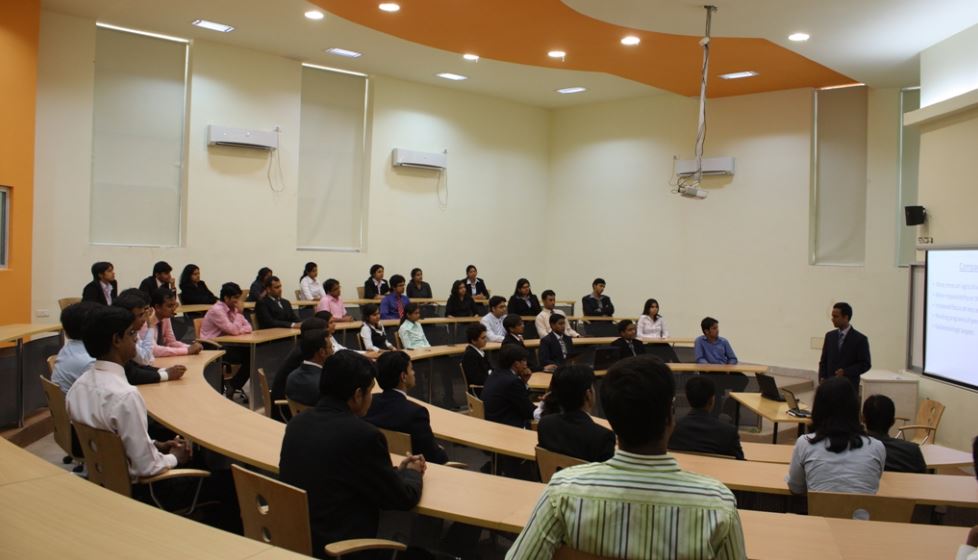Technology is driving a revolution and creating an agile digital market. This is referred to as Industry 4.0.
Professionals who wish to thrive in this exciting new frontier, have to keep abreast of technological advances in their domain to remain competitive.
HR 4.0 is a part of this revolution. It is a shift from manual, bureaucratic and cumbersome people strategies/ practices to digital HR actions. This shift is enabled by using innovative technologies, like Internet of Things (IoT), Big Data, Blockchain, Artificial Intelligence, Machine Learning etc.
The fundamental idea in HR 4.0 is to digitize the workflow. Create a paperless, tech driven, actionable and measurable process. This is enabled by using Social, Mobile, Analytics, and Cloud (SMAC) interventions.
The HR domain is now largely conducted online with digital tools. It improves productivity by eliminating repetitive and structured tasks. The operational man hours saved by HR personnel are better utilized in handling strategic issues.
This is underlined as an important component of David Ulrich’s “HR model”, where HR as a domain assumes the mantle of a “Strategic Partner” with digital interventions. In other words, it is about moving away from big archaic HR systems which seldom take account of employee views and hence unable to enhance employee experience.
Nearly 75% of US companies are using some degree of automation to fill vacancies with AI-driven software, from sourcing candidates to screening, scheduling interviews, and background checking. Almost 40% of Chinese companies are conducting online interviews using Chatbot. Using AI tools, employers are tracking voice modulation, accuracy of expression, richness of the context, untold content beyond the interview, facial expression, gestures, etc. to predict future job-related behaviors for effective candidate selection.
Today companies are shifting from merely maintaining employee records in Excel files to an Artificial Intelligence and Machine Learning driven system wherein even complex issues like workplace, sexual harassment etc. are handled by a Bot. With the advent of ChatGPT embedded into HRMS, it is expected that HRM operative functions will be more versatile.
Digital HR, powered by analytics, is providing push recommendations to employees rather than them having to search for them.
Using a Learning Management System (LMS) makes corporate training easy to manage. For instance, LMS is equipped with learning recommendations that align the employees’ career aspirations with their current skills and capabilities.
Tracking and measuring the whereabouts of newly appointed candidates using onboarding gamification, not only helps in predicting dropouts, but also effectively engages talents.
To have a sense of employee morale, tools are used to listen in to employee speak via technologies like Social Pulse at IBM, and Organization People Analytics (OPA) at Unilever to name a few. This improves the employee experience, leading to better engagement and retention of top talent.
The HR 4.0 revolution powered by digital HR tools enables organizations to focus on developing digital leadership capabilities, managing and integrating technology with processes, enhancing employee and stakeholder experience, building an agile and personalized learning culture, and embedding diversity and inclusion into the system.
In a recent Harvard Business School study, researchers focused on AI and ML interventions to find hidden workers. In countries like the US, UK & Germany, many job opportunities are not being located or mapped by prospective job seekers. This requires structured processes to find those talents and how the processes are being experienced by the job seekers requires further evaluation for improvement.
However, in certain situations AI works as a negative filter. Instances where organizations specify variables like exclusion of candidates with a career gap of 6 months or more, or do not possess certain qualifications may end up overlooking valuable resources who could have been a good fit for the organization.
AI looks for patterns as it is instructed to do. Hence, the subjective judgment of business managers have to be supplemented with AI-generated insights to take critical recruitment decisions and other HR issues. This creates opportunities for HR professionals to contribute to Digital HR roles by evaluating existing business practices, identifying specific skill shortages, and overcoming them with Digital HR solutions.
Digital HR professionals need to act as game changers by contributing to differentiated strategies with human resources with a digital mindset, digital competencies, and digital risk appetite using embedded technologies and digital innovations. They will digitize the employee experience by catering to their career requirements in line with the organizational goal to improve retention and ROI.
Dr. Kankana Mukhopadhyay is a Professor of Praxis Business School. Praxis Business School offers specializations in Digital HR as part of their two year PGDM program. The emphasis is on creating HR professionals who can leverage technology to create new age solutions for a digital world."










